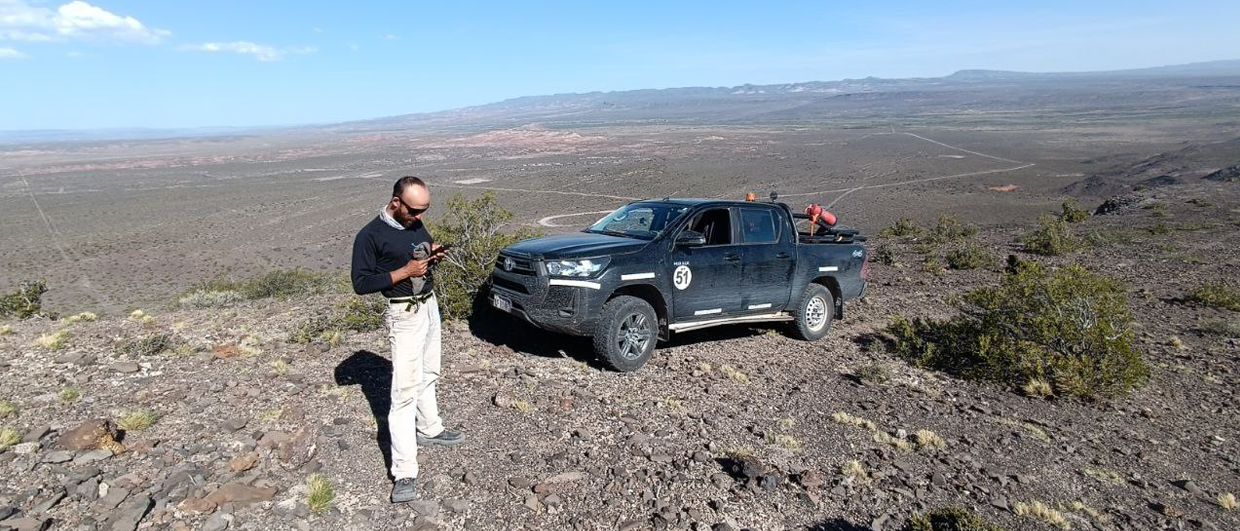Twitter can be a good source of information as to what is going in the oil and gas sector, especially in the US. There are a few people from the greater Houston area who frequently post on what is happening in the “field”. One of those people is Collin McLelland, who tweets under the name @FracSlap. He recently retweeted a post from @Tejanobrown, another Twitter reporter from the Permian who is also known as De La Rosa.
“I wish I could have done some of this 40 years ago.”
De La Rosa shared a video from a company called MS Drilling, headquartered in Conroe, Texas. In the video, the company shows that it recently completed drilling a W-shaped well in South Texas, the first of its kind in the area. As one person commented on the post: “I wish I could have done some of this 40 years ago.”
Not everybody is impressed though. Dayne Kells from Canada replies that Norsk Hydro wells drilled in the 1990’s had similar paths – which will be interesting to find out. He added that these wells were a nightmare when it came to matching tractor speed and coiling speed. Another Twitter member suggests that these wells are a great way to steal Venezuelan oil from Guyana.
Joking aside, the complex paths of these wells clearly demand a lot of technology to be drilled, logged and completed properly. “They are pushing the limits and I hope they got a fishing hand on stand bye”, mentions someone else in the comments. Other people emphasise the need for tractors to push tools into the hole. Another speculates that the distal half of the wellbore will need to be a sleeve system, which is backed up by another person commenting that it is hard to understand how this casing run can go smoothly. He adds that some operators in the Permian already struggle to run casing in a normal horizontal well. There is also some doubt as to whether this well design is ever going to be profitable.
It would also be interesting to hear from the operator – which is Chesapeake according to another Twitter member – what the rationale was for drilling this particular path. As somebody else joked, why not drill a hole from the area right above the point where this complex well landed? The answer must probably be sought in a desire to drill as much productive formation as possible, possibly combined with the presence of a fault in the subsurface? Or is it to miss an unleased quarter acre lot in the Barnett, as another person speculated?





